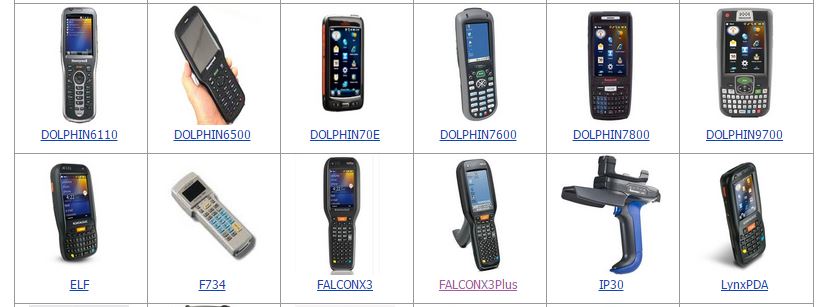
Selecting the best rugged mobile solution to support enterprise workflows and applications is
anything but simple given the multitude of options available to organizations. With a myriad of
choices available comes a certain degree of flexibility and opportunity to leverage corporate
strengths while focusing on areas that need improvement/greater efficiency or to further
differentiate. Along with the flexibility these options provide, comes the arduous task of
evaluating mobility choices and properties associated with them: form factor, operating system,
functionality, features, connectivity, security and a line of business (LOB) software solution to
guide employees through productive execution of daily tasks.
Organizations have clear, hard requirements of enterprise LOB mobility solutions: 3-5 year
product life cycle, security, reliability, support, and a full complement of accessories. All
organizations are keenly aware of what downtime means in terms of productivity and Total Cost
of Ownership (TCO) associated with LOB solutions.
This whitepaper will explore one critical piece of the enterprise mobility selection challenge:
Operating Systems with implied development options for enterprise mobility devices.
Introduction
Ruggedized mobile computers have been driving mobility in the workplace for decades. The
evolution of platforms embracing new and maturing technologies are creating new markets and
opportunities for enhancing user experience, creating efficiencies and improving productivity in
the workplace. One of the key factors for the success of mobility in the enterprise has been
Microsoft’s embedded platforms providing security, stability and reliability. This whitepaper
covers current Microsoft platforms as well as the paradigm shift we are experiencing with
Android’s popularity. It will also discuss Datalogic’s mission to actively invest and research the
best options and platforms to enhance and guarantee enterprise customers’ mobility success and
profitability.
By Microsoft definition, Windows Embedded platforms target specialized devices such as
ruggedized mobile computers, ATMs, Kiosks and others. Windows Embedded CE kernel had
been at the heart of Windows Embedded CE and Windows Embedded Handheld (Windows Mobile),
both targeting specialized rugged handheld devices that are mission critical for line of business
(LOB) applications. Windows, on the other hand, focuses on general purpose computing such as
PCs, laptops and tablets and targets both enterprise and consumer environments.
The release of Microsoft’s Windows 8 has changed this paradigm. Windows 8 is now at the core
of Windows Phone, Windows Embedded, and full Windows for the desktop/laptop/tablet, while
the CE kernel continues fueling Windows Embedded Compact 2013 (WEC 2013), and of course CE
6 and WEC 7. Public acceptance and success for Microsoft’s new tactic remains to be seen as this
strategy has left enterprise wondering about the viability and future of both Windows Embedded
Handheld and Windows Embedded Compact OS for long term investment.
Android, on the other hand, has disrupted rugged mobile device’s monogamous relationship
with Microsoft Windows Embedded and is proving itself as a viable alternative. Android success,
up to now, has been with consumer devices, while the takeover of Microsoft Windows Embedded
market share remains to be decided by enterprise end customers. The positive and most
convincing fact about Android’s determination to play in enterprise markets would be the
significant changes it has undergone in the last couple of years to secure and stabilize the
platform for LOB applications. Google’s efforts and rugged handheld device and solution
providers consortium to create standards to protect long-term enterprise investment is
demonstrating fruitful results.

read more mobile computer:
http://www.alcaidc.com/Public/ProductGroup.aspx?ItemGroup=1005